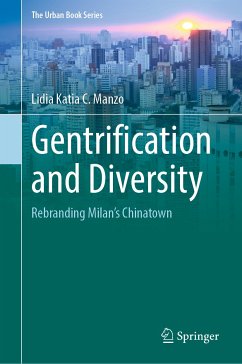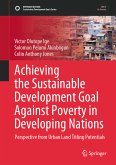This book is intended for researchers and students in the fields of sociology, anthropology, urban studies, geography, and urban planning. Additionally, it is appropriate for practitioners in thefields of urban planning, housing policies, and community development.
"Manzo's Gentrification and Diversity urges readers to look at the fashion capital of Milan through the lens of ethnic diversity, class and urban transformation. Based on a decade of ethnographic work in Milan's changing Chinatown, the book takes the reader on a journey of aesthetics, capital speculation and urban contestations to show how the Chinese traders and entrepreneurs who would have been displaced by gentrification in fact strategically navigate the racialized restrictions to reclaim their place. Gentrification and Diversity is an exemplar of how Chinatowns around the world are being reinvented locally and globally today amidst continued debates over how Chinese identity and culture should be represented in such spaces." (Prof. Elaine Lynn-Ee Ho, Department of Geography, National University of Singapore, Singapore)
"The author problematizes the notion of diversity in the southern European context, which is a much-needed addition to the existing scholarship on gentrification in traditional ethnic enclaves. The power dynamics and clashes of interests depicted in this book provide us significant and timely insights on how the social construct of a sanitized, aestheticized ethnic space for consumption was built upon a centuries' old anti-Asian milieu and refreshed by the fear of a rising China. Furthermore, Manzo skilfully illustrates how Chineseness as a cultural discourse is strategically mobilized in narratives of urban inclusion and exclusion." (Prof. Fang Xu, Continuing Lecturer in Interdisciplinary Studies, University of California, Berkeley, CA, The USA)
Dieser Download kann aus rechtlichen Gründen nur mit Rechnungsadresse in A, B, BG, CY, CZ, D, DK, EW, E, FIN, F, GR, HR, H, IRL, I, LT, L, LR, M, NL, PL, P, R, S, SLO, SK ausgeliefert werden.









